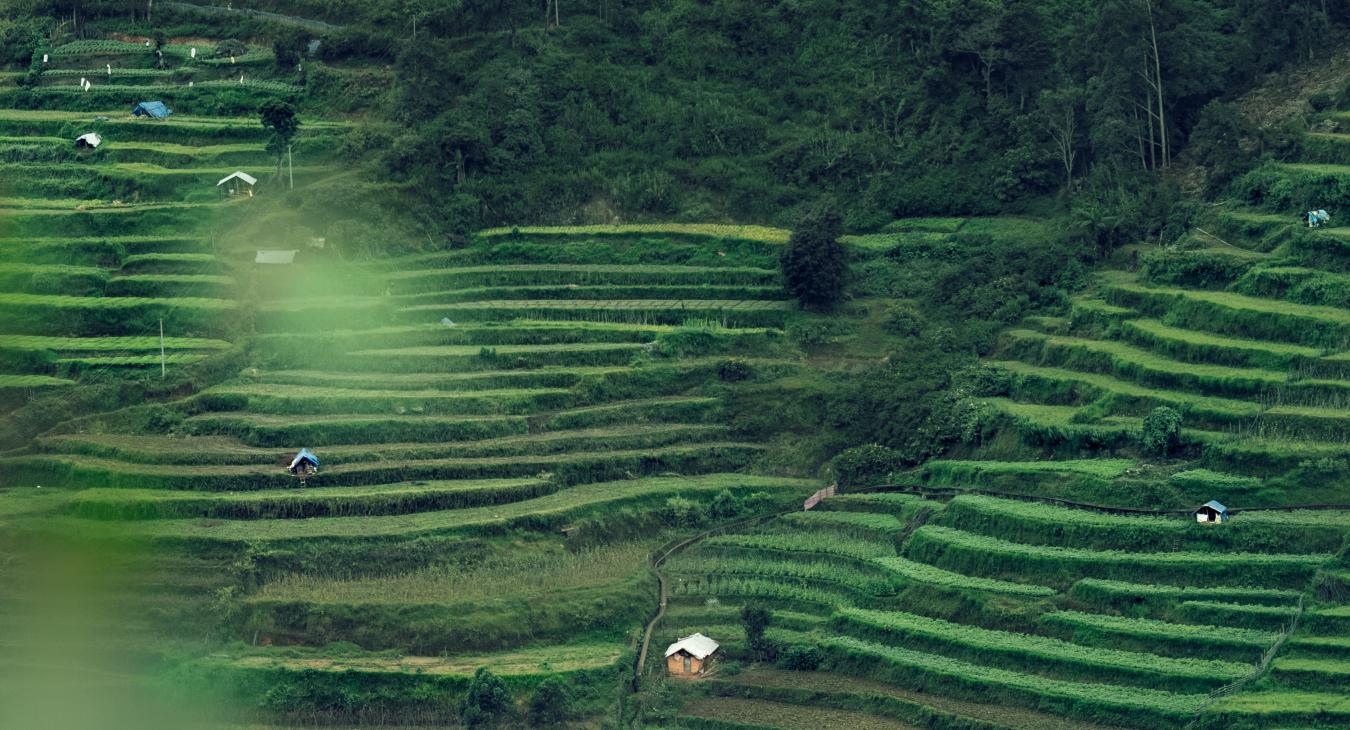This project quantifies trends in the evolution of smallholder shifting cultivation systems, to understand drivers of these changes, and to predict their environmental and social outcomes. It integrates data derived from remotely sensed imagery and socio-economic surveys to better understand the underlying causes of changes in shifting cultivation systems and provides tools for monitoring and predicting these transitions.
In low-income countries of Southeast Asia shifting cultivation remains the dominant agriculture technique in remote upland areas, where rough terrain, low soil productivity, and lack of market access historically precluded the expansion of permanent agriculture. In recent decades, however, the use of shifting cultivation has declined rapidly across the region. Government policies, conservation agendas, and market forces all contribute to changes in the shifting cultivation landscape. The on-going debate regarding economic and environmental impacts of shifting cultivation transformation in Southeast Asia indicates considerable uncertainty. This transformation may produce a full spectrum of outcomes, from highly positive for the national economy to negative for local rural communities and forest ecosystems. The Lao People’s Democratic Republic (Laos) presents a unique opportunity to examine transitions in smallholder shifting cultivation extent and intensity while also investigating the socio-economic drivers reshaping rural agricultural practices. In the forested upland regions of Laos, shifting cultivation is still the dominant land-use practice due to limited access to markets, low population density, and surplus of forest lands.
While shifting cultivation was practiced in the region sustainably for thousands of years, recently its future appears to be at a crossroads. In addition to rapid population and economic growth, government market liberalization policies that promote the expansion of commercial agriculture and agroforestry have intensified land use pressures. Increasing demand for raw materials, specifically rubber, from neighboring countries are fueling land development and conversion of the former community shifting cultivation lands into rubber and timber plantations. Village resettlement and expansion of concessions, both for permanent agriculture and rubber plantations, reducing land access for the poorest farmers.
The overarching goal of the proposed study is to quantify trends in the evolution of smallholder shifting cultivation systems, to understand drivers of these changes, and to predict their environmental and social outcomes. To reach this goal, the proposed project will (I) map shifting cultivation activities annually, and quantify changes in their extent and rotation intensity over the last three decades, from 1988 to 2018; (II) examine how changes in shifting cultivation extent and intensity correspond to changes in population well-being at the national scale; and (III) document and explain the consequences of transformation in shifting cultivation landscapes at the community level. The proposed study will assess and compare different evolutionary paths of shifting cultivation in Northern and Southern Laos, two regions that are pervasively dominated by smallholder farming but within different economic and conservation policy contexts. We will integrate data derived from remotely sensed imagery and socio-economic surveys to better understand the underlying causes of changes in shifting cultivation systems and provide tools for monitoring and predicting these transitions. Our project is innovative in that it will combine a high-resolution analysis of land use change trajectories with the study of rural livelihoods at multiple scales. The study will employ a broad conceptualization of multidimensional poverty to better understand how changes in agricultural practices affect human well-being. As an output, we will provide a summary of the rates of change of traditional shifting cultivation practices due economic, policy and demographic factors during the last three decades. This study will contribute insights into the fundamental linkages between regional land use change dynamics, rural development policies, and rural livelihoods, while also producing information relevant to the development of more meaningful forest management practices.

